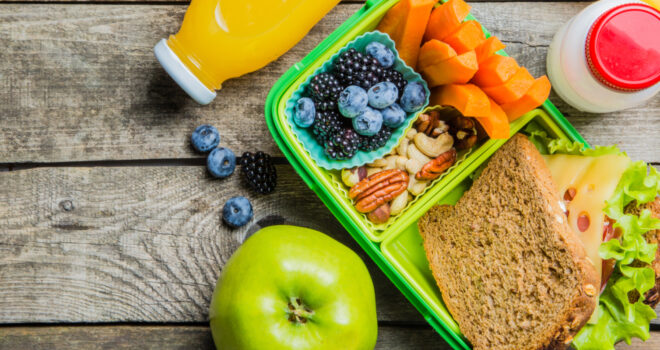Children often don’t get their five a day. And yet, vegetables contain nutrients that are vital for their health. According to a new study, exposing young children to the taste of vegetables 8 to 10 times could help increase their vegetable intake.
Young children can be quite stubborn when it comes to eating. They sometimes even refuse to eat their vegetables, regardless of whether they are familiar vegetables or whether they are eating them for the first time. This type of behaviour and protest is often observed in children between the ages of 2 and 5 years, an age at which children should develop new food preferences. A British study investigated the efficacy of strategies to increase vegetable intake in children aged 2 to 5 years. To this end, the researchers reviewed 30 studies on this topic, involving a study population of over 1,000 children.
Higher vegetable intake in children who are exposed to vegetables 8 to 10 times
Many strategies were studied in detail, but the best results in terms of the increased vegetable intake in children were achieved in studies using repeated taste exposure to vegetables.
The results indicate that a child is more likely to eat more of a specific vegetable the more he or she is exposed to its taste. The researchers recommend exposing the child to a specific vegetable at least 8 to 10 times. They also examined whether the type of vegetable had an impact on a child’s relationship with it, and found that that this was indeed the case: the children who participated in the study ate more of the vegetables that were unfamiliar/disliked (e.g., salsify, artichoke, chicory) while their intake of vegetables that were familiar/liked (e.g.: broccoli, carrot, tomato) did not increase as much.
The results of this study correspond with those of previous studies, which were conducted in France at the CSGA (the Dijon-based Centre for Taste and Feeding Behaviour) that pioneered the repeated exposure strategy.
Expose children to vegetables in their plain form
Another interesting finding was that vegetable intake increased when the vegetable was presented on its own, in its plain form. Seasoning the vegetable, adding a dip or fats could influence the child’s perception compared with exposure to the vegetable as is, on its own.
The repeated exposure to vegetables is a simple technique that could easily be used in nurseries and schools and by parents at home. That said, further studies are needed to gain a better understanding of which strategies should be adopted for particularly picky eaters and children suffering from food neophobia.
Read our monograph on “How can we make children like vegetables?” to find out more.



 Dandelion greens
Dandelion greens  Chickpeas
Chickpeas  Vegetable garden: growing carrot
Vegetable garden: growing carrot 









